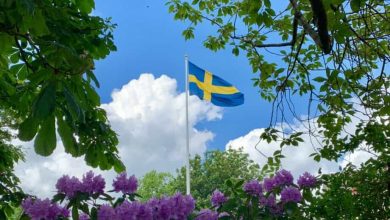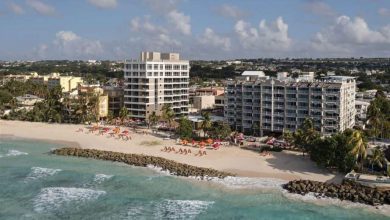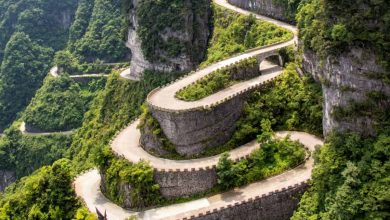Going wild in Malawi – A luxury travel blog : a luxury travel blog
/ 2023-05-28 22:11:37
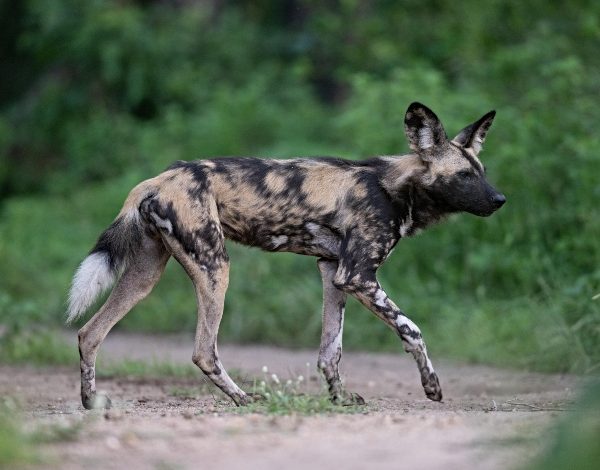
Diplomat.Today
Sarah Kingdom
2023-05-28 22:11:37
——————————————-
Ten years ago, a safari to Malawi would not have occurred to most people. But in recent years, this small landlocked country has seen an exciting wildlife resurgence, with some incredible conservation projects and animal reintroductions. Where once larger predators, such as lions or leopards, were rare, Malawi’s national parks and game reserves are now home to a range of animals, both large and small. If you are looking for unique nature experiences, Malawi is a great destination.
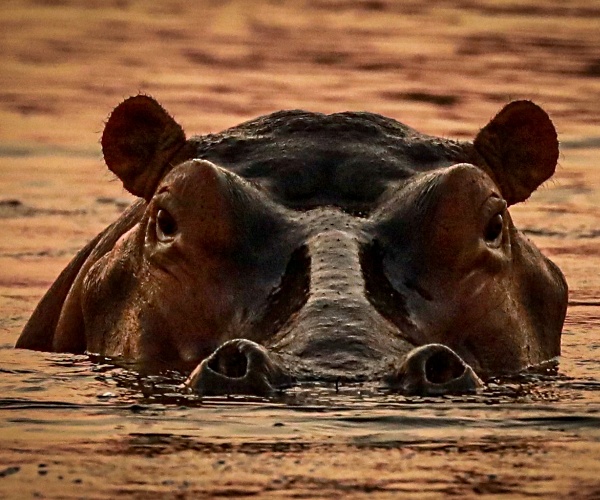
Here are some of the best places to experience Malawi’s iconic wildlife:
Colorful cichlids in Lake Malawi National Park
Lake Malawi is one of the most impressive and beautiful lakes in the Southern Hemisphere – it is also the third largest freshwater lake in Africa and the fifth largest in the world, stretching approximately 580 km from north to south.
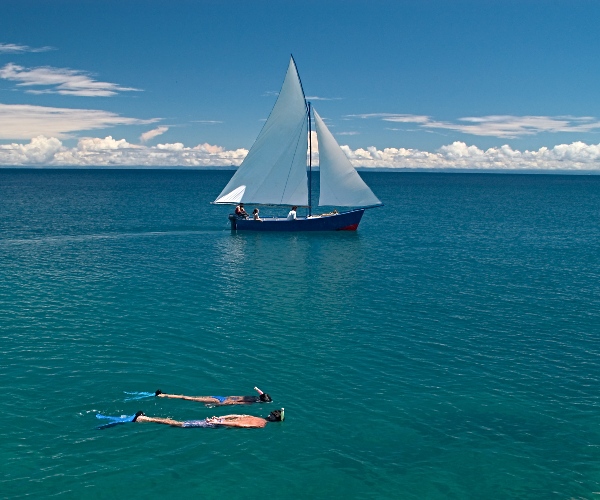
Home to approximately 1,000 species of fish, more than any other lake in the world, Lake Malawi is a haven for underwater enthusiasts and offers some of the most unique and diverse freshwater diving experiences in the world. Cichlids are the star of Lake Malawi, with over 850 different species of these colorful and curious fish found in the lake’s clear waters, many of which are endemic to the lake and can only be found here.
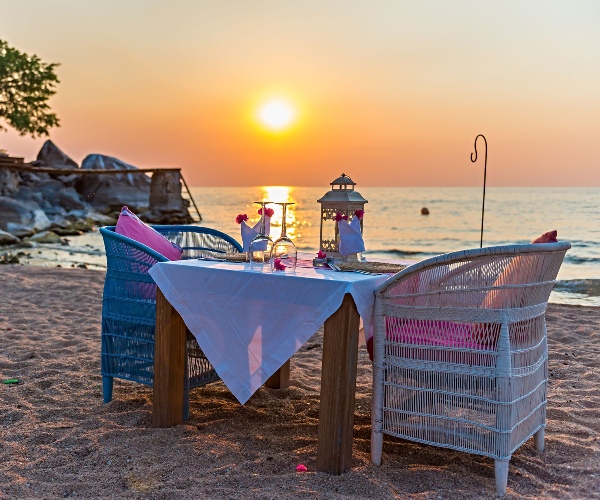
Kaya Mawa, a luxury lodge on Likoma Island, in the central part of the lake, Blue Zebra Island Lodge, on the small, idyllic Nankoma Island in the deserted Marelli Islands, and Mumbo Island, a more relaxed and chilled private island, in the south, great options for accommodation are here.
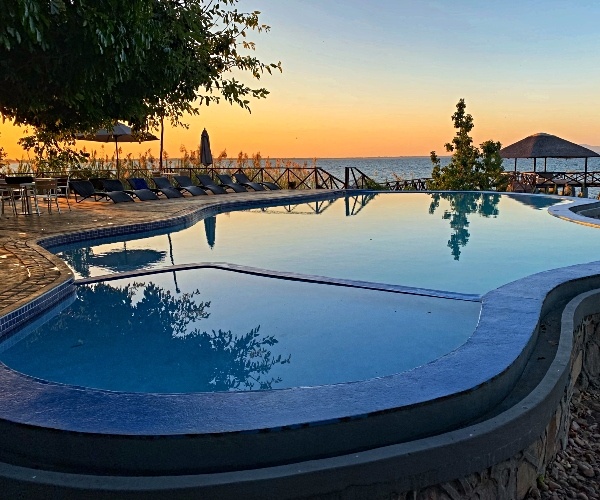
Robust rhinoceroses in Liwonde National Park:
In the south of Malawi, near the border with Mozambique, lies the beautiful Liwonde National Park – excellent for both game and bird watching. Liwonde is an exceptional safari destination, revitalized from the brink of destruction and now an important protected area in Malawi.
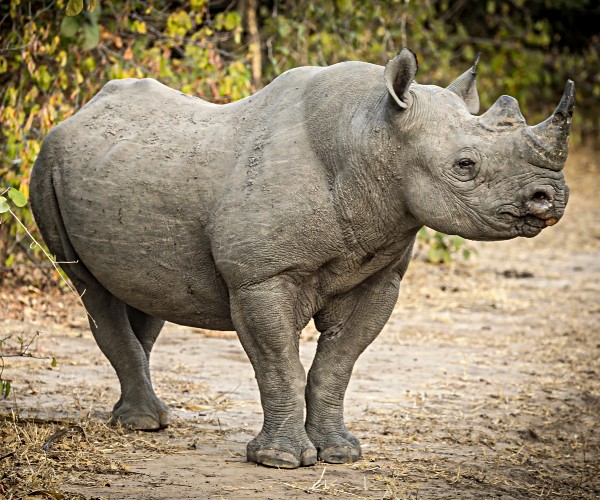
African Parks, a non-profit organization, took over management of Liwonde, in partnership with the Department of National Parks and Wildlife (DNPW) in 2015. The park was dotted with tens of thousands of wire snares – there were more snares than large animals! The park also had some of the highest levels of human-animal conflict in the region. Liwonde was a park in decline, teetering on the brink of total collapse

African Parks subsequently established one of the most effective ranger troops and training grounds in southern Africa and reintroduced cheetahs, lions, wild dogs and black rhinos (there are now over 30 of them). In 2019, the park hosted one of the largest international translocations of black rhinoceroses in history, with 17 black rhinoceroses relocated from South Africa to increase population numbers and genetics, and eight African wild dogs were introduced in 2021. Liwonde is also home to some bird specialties including Pel’s fish owl, Livingstone’s flycatcher and Lilian’s love bird, making it one of Malawi’s premier wildlife destinations. Not only the wildlife populations in Liwonde are increasing, but also the number of visitors. In just a few years, Liwonde has been given a second chance, restored and transformed for the benefit of the wildlife and people who live here.

Liwonde is a short drive from southern Lake Malawi and Blantyre, and wildlife viewing can be had here by 4×4, walking or boat safaris. The park and camps are also accessible by light aircraft and boat. Mvuu Camp and Kuthengo Camp are two popular lodges in the heart of Liwonde, offering comfortable accommodation and easy access to the park’s wildlife.
Legendary Leopards in Nyika National Park
Nyika National Park is Malawi’s largest park and one of its secret jewels, covering an area of over 3,134 square kilometers. The park is home to a wide variety of wildlife, including elephant, buffalo and zebra, with roan and eland often found in large herds. There is even a small population of lions. This is also one of the best places in Malawi to spot leopards, as they roam the evergreen forests.
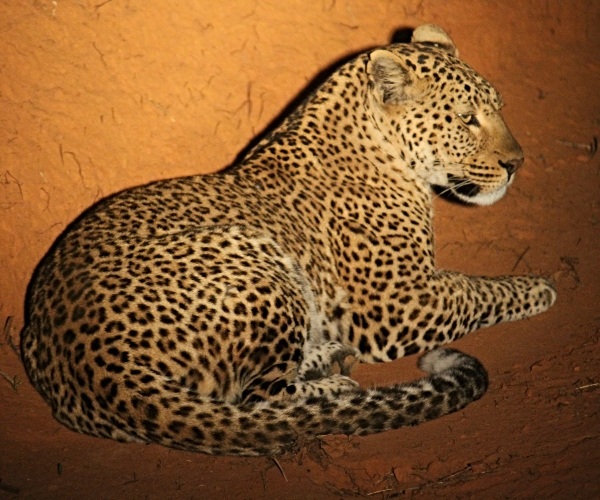
With an altitude of over 2,500 m, this is an environment like no other in Africa. Located in the very north of the country, the landscape here is very different from other parts of Malawi, with rolling hills, grasslands dotted with pine groves and streams flowing through wide valleys. Nyika is best explored on foot, and walking safaris here offer some unique wildlife experiences. Visitors can also enjoy game drives and horseback safaris, which offer a chance to spot the park’s large mammals from a safer distance.
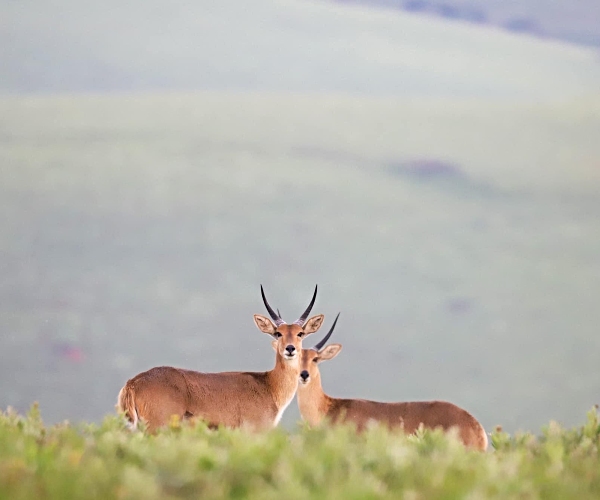
The rich birdlife includes rare species such as wattled cranes and red-winged francolins. Seasonal orchids and other wildflowers characterize the landscape – with 213 different species of wild orchids, 30 of which are endemic to the park, Nyika is home to the richest concentration of wild orchids in southern Africa

Nyika National Park is well worth a visit, and once you get there, Chelinda Lodge and Chelinda Camp offer comfortable accommodation and fantastic views.
Lively lions in Majete Wildlife Reserve
Located in the Lower Shire Valley of southwestern Malawi, Majete Wildlife Reserve is an amazing recovery and recovery success story, and the continued protection of endangered species has made Majete one of the most popular reserves in Malawi for wildlife and game drives. Majete Wildlife Reserve, located in southwest Malawi, has a rugged beauty and is only 1½ hours drive from Blantyre (or you can fly there by small plane). Nestled in the Lower Shire Valley, Majete is one of the few game reserves in Africa where visitors have the chance to see the famous ‘Big Five’. The reserve is home to elephants, rhinoceroses, leopards and buffaloes, and is one of the best places in Malawi to see lions. If you add the reserve’s wild dog and cheetah to the mix, Majete can even be seen as a ‘Big 7’ destination!
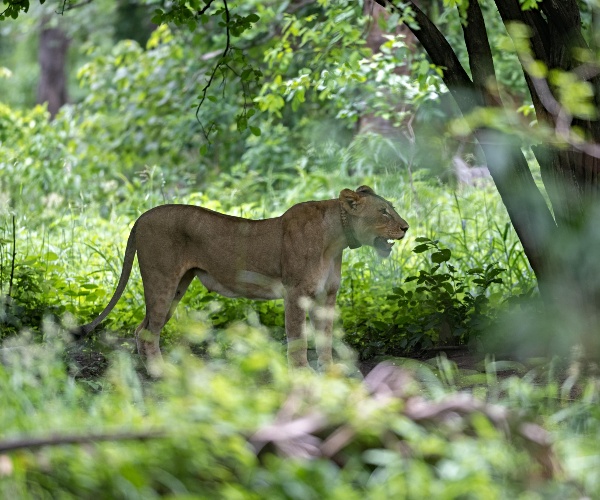
Majete was once a prolific wildlife sanctuary, but in the 1970s and 1980s poaching caused Majete’s animal populations to plummet and by the late 1990s most species of big game, including elephants, had been wiped out. In 2003, African Parks, in partnership with the Malawian government and local communities, took full responsibility for the rehabilitation and long-term management of the reserve. African Parks undertook a massive wildlife movement that began in 2003, and by March 2012, 2,559 animals from fourteen different species had been reintroduced. Majete as a reserve has been completely transformed and is now one of Malawi’s best game parks with stunning wildlife views.
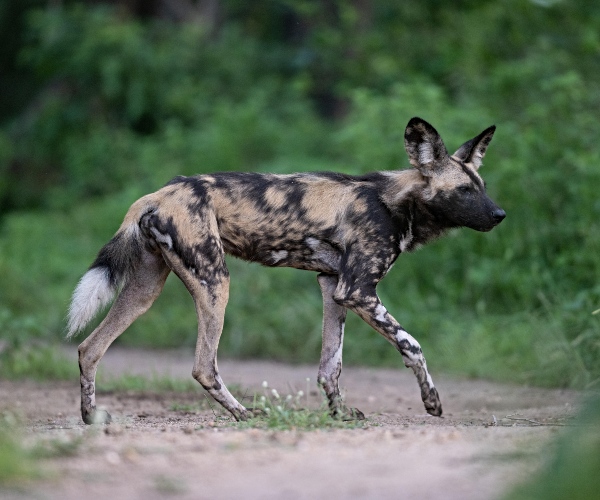
Thawale Camp is a classic tented camp at the gateway of Majete. It’s a fantastic camp, in a prime location, right on the edge of a watering hole that regularly attracts a variety of wildlife, including elephants, giraffes, waterbucks and impalas. Alternatively, Mkulumadzi Lodge, located on the banks of the River Shire in the heart of Majete, is the perfect place to fall in love with the sights and sounds of the river, as well as spot some of the abundant local hippos.
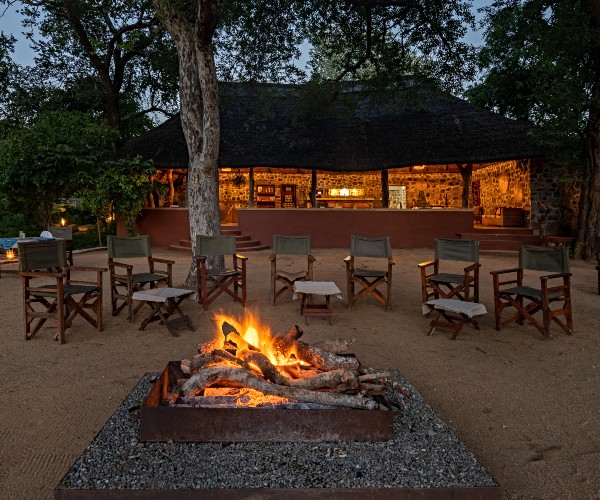
Outstanding elephants in Nkhotakota Wildlife Reserve
Nkhotakota Wildlife Reserve, in the center of Malawi, is the oldest and largest national park in the country and a wonderful example of true, rugged, untouched wilderness. At 1,800 square kilometers, Nkhotakota is a vast area of rugged terrain criss-crossed by a network of rivers that tumble down the rim of the Rift Valley escarpment and make their way into Lake Malawi. Most of the reserve is miombo forest, with large areas of tall grass and occasional patches of rainforest.
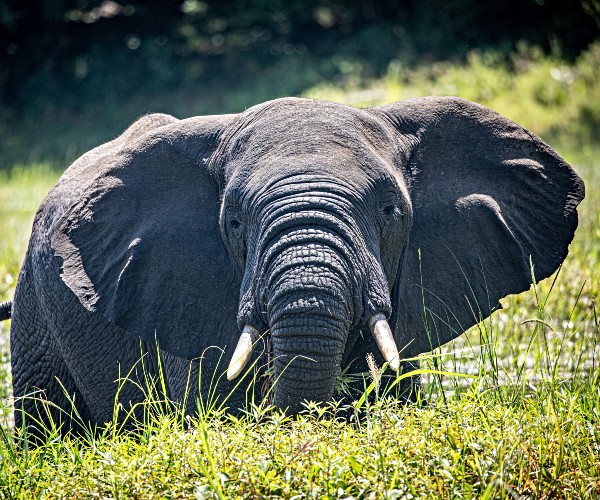
Birdlife is prolific with giant kingfishers and palm nut vultures among the 280 species recorded. Like Majete, Nkhotakota is also under the management of African Parks, and in 2017 a historic movement of approximately 520 elephants took place here – one of the largest elephant movements in history. In August 2017, over a two-year period, the park received not only these elephants, but also 2,000 other animals from two other parks in Malawi, and with a well-trained and equipped team of rangers, poaching had become a thing of the day. past.
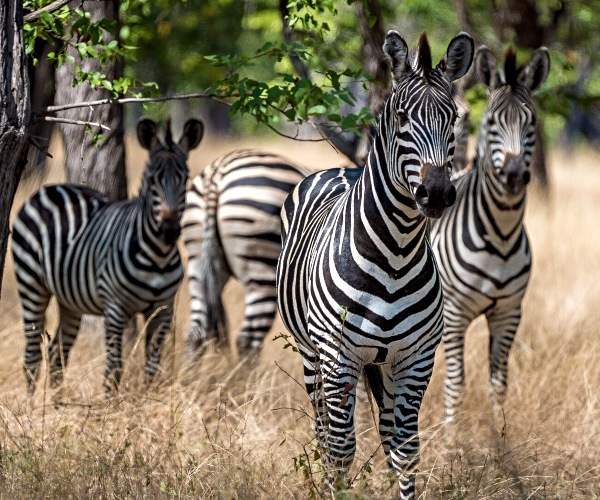
Nkhotakota is a pleasant 3 ½ hour drive from Lilongwe, or a 30 minute flight by small plane. Streams and waterfalls pour from the hills and the best way to explore the park is on foot or by canoe along the Bua River. Tongole Wilderness Lodge, Bua River Lodge and Rafiki Safari Camp are the accommodation options here.

Rehabilitated rescues at the Lilongwe Wildlife Centre
Remarkably for a capital city, the Lilongwe Wildlife Center is located in the center of town. A haven of greenery, it is home to a variety of birds and a few smaller animals, and is also the base of the Lilongwe Wildlife Trust, who work tirelessly to protect Malawi’s wildlife. Renowned as one of the best wildlife sanctuaries in Africa, Lilongwe Wildlife Center is the only licensed animal sanctuary in Malawi that rescues and rehabilitates wildlife from all over the country. The center is home to about 200 rescued animals at a time.
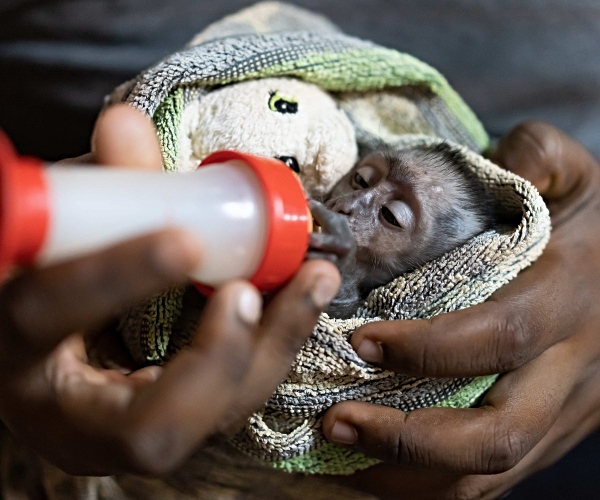
Malawi is a great destination for nature lovers. From diving among colorful cichlids to spotting majestic elephants and lions, from cruising the Shire River with hippos and crocodiles to stalking leopards in the highlands of Nyika, Malawi is the perfect destination for an immersive wildlife adventure. Whether you are a seasoned nature lover or simply looking for a new and exciting travel experience, Malawi is a destination not to be missed.
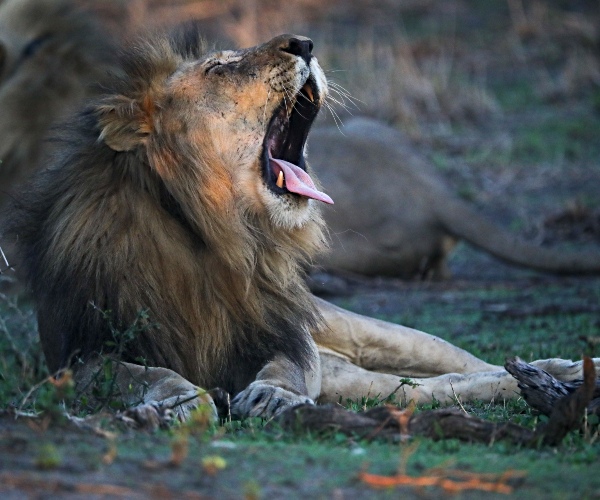
IMPORTANT ANNOUNCEMENT:
If you are reading this article anywhere other than A Luxury Travel Blog, chances are this content has been stolen without permission.
Please note the web address above and contact A Luxury Travel Blog to notify them of this issue.
Thank you for helping us fight content theft.
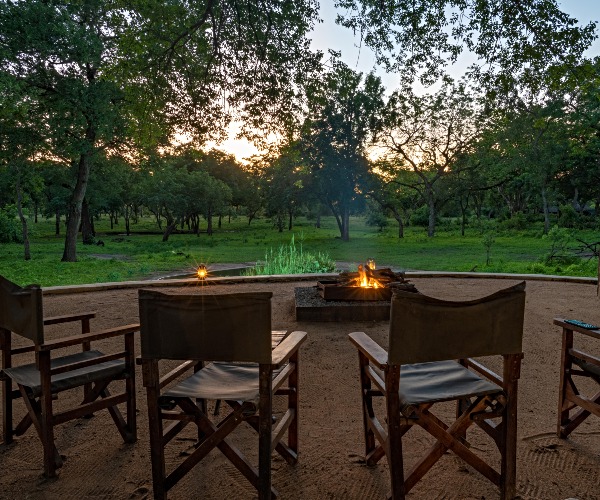
——————————————-

